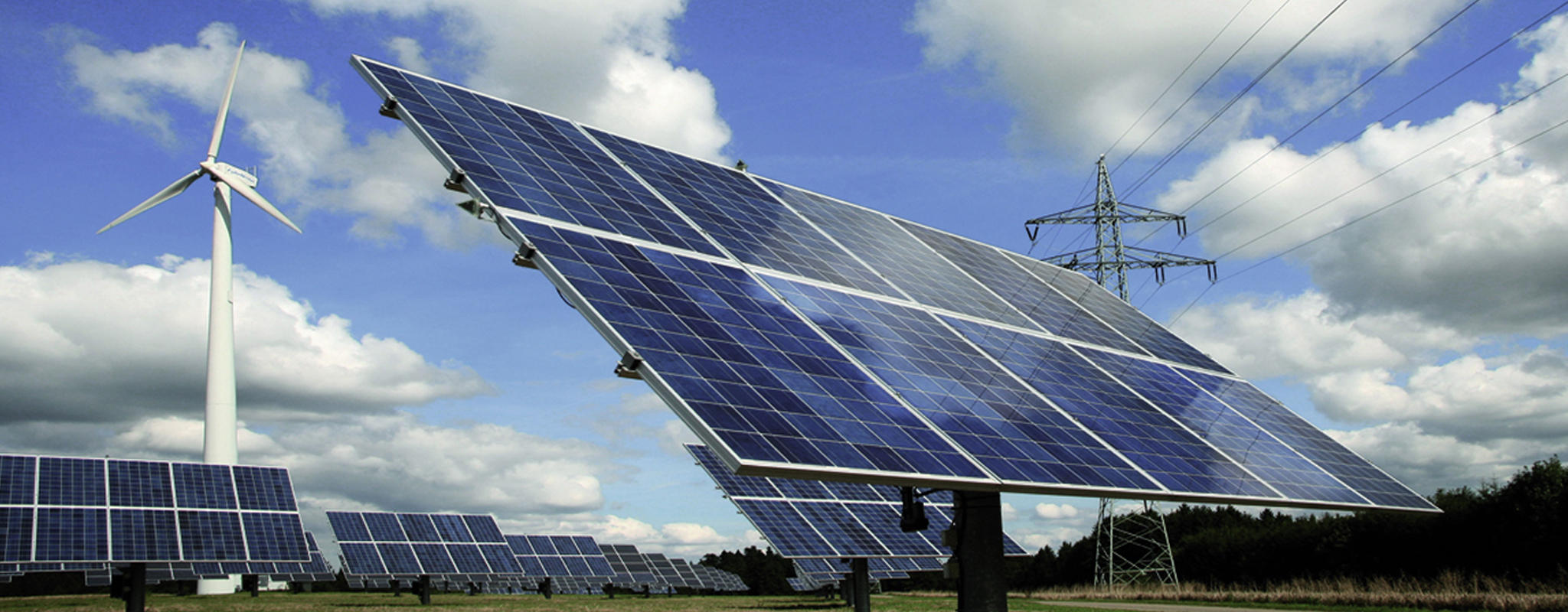List Of Contents
Renewable energy technologies have emerged as a critical solution to the world’s growing energy demands and environmental concerns. This 1000-word article provides an in-depth analysis of various renewable energy sources and technologies, exploring their advantages, challenges, and contributions to a sustainable future.
Introduction
The need for clean, sustainable energy sources has never been more evident than in today’s world. Fossil fuels, once the primary drivers of global energy production, have come under scrutiny due to their environmental impact. Renewable energy technologies offer a promising alternative, harnessing the power of nature to meet our energy needs while mitigating climate change.
Solar Energy
1. Photovoltaic (PV) Solar Cells
- How It Works: PV cells convert sunlight directly into electricity using semiconductors.
- Advantages: Abundant sunlight, low operating costs, and minimal environmental impact.
- Challenges: Intermittent energy production, reliance on sunlight, and manufacturing emissions.
2. Concentrated Solar Power (CSP)
- How It Works: CSP systems use mirrors or lenses to concentrate sunlight onto a receiver, generating high-temperature heat to produce electricity.
- Advantages: Energy storage capability, consistent power generation, and potential for industrial applications.
- Challenges: High initial costs and water usage for cooling.
Wind Energy
1. Onshore Wind Farms
- How It Works: Onshore wind turbines capture kinetic energy from the wind to generate electricity.
- Advantages: Established technology, land-based availability, and low emissions.
- Challenges: Aesthetic and noise concerns, intermittent wind patterns, and land use.
2. Offshore Wind Farms
- How It Works: Offshore turbines capture stronger, more consistent winds at sea.
- Advantages: Greater energy potential, reduced land conflicts, and proximity to coastal cities.
- Challenges: Installation and maintenance costs, environmental impacts on marine ecosystems.
Hydropower
1. Run-of-River Hydropower
- How It Works: Kinetic energy from flowing water turns turbines to generate electricity.
- Advantages: Minimal greenhouse gas emissions, long lifespan, and reliable power generation.
- Challenges: Limited suitable sites, environmental impact on river ecosystems.
2. Reservoir Hydropower
- How It Works: Dams store water in reservoirs and release it to generate electricity through turbines.
- Advantages: High energy storage, dispatchable power, and flood control.
- Challenges: Ecological disruptions, displaced communities, and sedimentation issues.
Biomass Energy
1. Bioenergy
- How It Works: Organic materials like wood, agricultural residues, and waste are burned or converted into biofuels to produce heat and electricity.
- Advantages: Carbon-neutral if managed sustainably, abundant feedstocks, and rural job creation.
- Challenges: Emissions from inefficient combustion, land use conflicts, and deforestation risks.
2. Biogas
- How It Works: Microorganisms break down organic matter to produce biogas (methane), which can be used for electricity and heat.
- Advantages: Waste recycling, reduced methane emissions, and decentralized energy production.
- Challenges: High capital costs, feedstock availability, and odor issues.
Geothermal Energy
1. Geothermal Power Plants
- How It Works: Heat from the Earth’s core is harnessed to produce steam, which drives turbines for electricity generation.
- Advantages: Reliable and consistent power, minimal emissions, and long operational life.
- Challenges: Site-specific, drilling costs, and limited geographic availability.
2. Geothermal Heat Pumps
- How It Works: Heat pumps transfer heat from the ground for space heating and cooling.
- Advantages: Energy-efficient, space-saving, and low operating costs.
- Challenges: Installation costs and suitability for certain climates.
Challenges and Future Outlook
- Intermittency: Many renewable sources are intermittent, requiring energy storage solutions.
- Energy Storage: Advancements in energy storage technologies, such as batteries, are crucial for overcoming intermittency.
- Grid Integration: Integrating renewable energy into existing grids requires upgrades and smart grid technology.
- Policy and Investment: Governments and investors play a pivotal role in supporting renewable energy adoption.
Conclusion
Renewable energy technologies are at the forefront of the global transition toward sustainable energy systems. Each technology has its unique advantages and challenges, making them suitable for different regions and applications. As technology advances and economies of scale are realized, the cost competitiveness of renewables continues to improve.
The path to a sustainable future relies on the diversification of energy sources and a commitment to reducing greenhouse gas emissions. Renewable energy technologies offer the promise of clean, abundant power while mitigating the environmental impact of energy production. By investing in research, development, and deployment of these technologies, societies worldwide can work together to address the pressing challenges of climate change and secure a sustainable energy future for generations to come.

